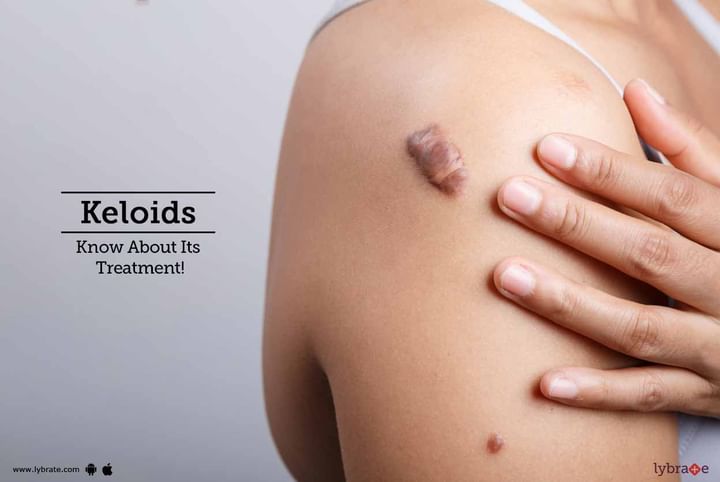Keloids - Know About Its Treatment!
When an injury happens, the normal tendency of the skin is to repair itself from inside out, until it is completely closed and healed. However, in some cases, due to various reasons, excessively large scars can form. These hypertrophic scars are known as keloids. Here is everything you would like to know about keloids:
Features of keloids:
- Benign, fibrous, smooth, hard growths that form over a healed wound
- Can be bigger than the original wound
- Most commonly found on chest, ear lobes, cheeks, and abdomen
- Pregnant women are usually at the risk of developing keloids
- Though they do not develop into malignant lesions, they are a cosmetic issue, especially when the visible portions of skin are affected
- They are localized, flesh-colored and red in color
- They are raised from the surrounding tissue and are prone to repeat injury
- It continues to grow with time
- Could cause discomfort and irritation when it comes in contact with clothing
- Sun exposure or tanning can worsen it and cause tenderness
- Common injuries that can lead to keloid formation include burns, surgical incisions, skin piercings, chicken pox scars, tattoos, etc.
- Treatment for keloids may not always be effective and need repeat treatments
Treatment options: If the keloid is not in a visible area and does not cause any problem, it is best to leave it untreated and observe for any changes. The following changes could indicate the need for treatment.
- Change in color from pale pink to red (indicating inflammation)
- Severe increase in pain/tenderness
- Sudden increase in size, which could indicate malignancy (keloids are an area where benign growth can turn cancerous)
- A biopsy can be done to identify if treatment is necessary. This involves removing a small part of the tissue by injection and sending it for laboratory examination.
Treatment options include both nonsurgical and surgical. Nonsurgical methods are tried first before resorting to surgery.
- Steroid injections into the keloid to control growth and inflammation
- Moisturization to keep it soft and avoid dryness and cracking and bleeding
- Freezing the tissue (cryotherapy) to freeze the growth can help in further increase in the size of the tissue
- Laser to remove the tissue, especially if it is small. Alternately, this could be used as a secondary measure after the keloid is excised to prevent further growth
- Radiation therapy to shrink the growth
- Surgical excision, where the keloid is quite visible or large. This could be followed by radiation or laser to prevent further growth.
Also, in people who are prone to develop keloids, surgical incisions can be treated for a longer time with pressure dressings and silicone pads. In case you have a concern or query you can always consult an expert & get answers to your questions!



+1.svg)
